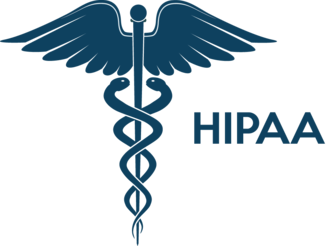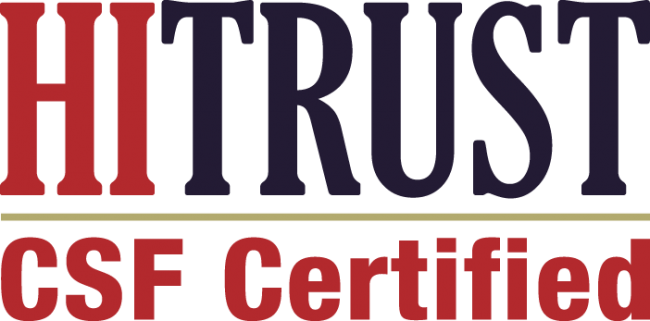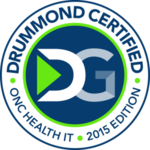The Medicare Physician Fee Schedule (PFS) is a crucial component of the US healthcare system, dictating how healthcare providers are reimbursed for services provided to Medicare beneficiaries. Each year, the Centers for Medicare & Medicaid Services (CMS) updates the PFS, introducing changes that impact reimbursement rates, reporting requirements, and compliance guidelines. As we approach 2025, healthcare providers need to stay informed about the upcoming changes to the Medicare PFS to ensure they are adequately prepared.
This blog will provide a detailed breakdown of the key changes in the 2025 Medicare Physician Fee Schedule, focusing on how they will impact healthcare providers, with particular attention to reimbursement rates and compliance requirements.
Overview of the 2025 Medicare Physician Fee Schedule
The Medicare Physician Fee Schedule determines the payment rates for over 10,000 physician services and other healthcare-related services. CMS updates the PFS annually to reflect changes in the cost of delivering care, adjustments to practice expense values, and updates to relative value units (RVUs). The 2025 update introduces several significant changes aimed at enhancing the quality of care, improving patient outcomes, and aligning reimbursement with value-based care initiatives.
Changes in Reimbursement Rates
One of the most anticipated aspects of the 2025 PFS update is the adjustment to reimbursement rates for various services. These adjustments are based on multiple factors, including changes in practice costs, updated RVUs, and policy initiatives focused on value-based care.
a. Reduction in Conversion Factor
CMS has proposed a slight reduction in the Medicare conversion factor for 2025. The conversion factor is a multiplier used to calculate the payment rate for a particular service by multiplying it with the RVUs assigned to that service. A reduction in the conversion factor means lower reimbursement rates for most physician services. This change may particularly affect specialties with high procedural volumes, such as surgery and radiology.
b. Adjustments to Evaluation and Management (E/M) Services
Evaluation and Management (E/M) services, which include office visits and consultations, have been a focus of recent PFS updates. For 2025, CMS has proposed modest increases in reimbursement rates for E/M services, recognizing their critical role in primary care and chronic disease management. These adjustments aim to better compensate providers for the cognitive work involved in patient care, rather than solely for procedures.
c. Telehealth Reimbursement
Telehealth services saw a significant expansion during the COVID-19 pandemic, and CMS continues to support telehealth as a permanent fixture in the healthcare landscape. The 2025 PFS includes provisions for maintaining many telehealth services at current reimbursement levels. Additionally, certain telehealth services that were temporarily added during the pandemic may be made permanent, with adjusted reimbursement rates to reflect their ongoing value in patient care.
Quality Payment Program (QPP) Updates
The Quality Payment Program (QPP) is an integral part of the Medicare PFS, designed to shift the focus from volume-based care to value-based care. Under the QPP, healthcare providers can participate in either the Merit-based Incentive Payment System (MIPS) or Advanced Alternative Payment Models (APMs).
a. MIPS Scoring Adjustments
For 2025, CMS has proposed several changes to the MIPS scoring methodology. These include adjustments to the performance categories, such as Quality, Cost, Improvement Activities, and Promoting Interoperability. The weights of these categories will be modified, with an increased emphasis on Cost and Quality. Providers will need to carefully track their performance across these categories to maximize their MIPS score and avoid penalties.
b. Expanded APM Participation
CMS is encouraging greater participation in Advanced APMs by offering more opportunities for providers to qualify for the APM incentive payment. For 2025, new models may be introduced, and existing models may be expanded to include more provider types and specialties. Providers who successfully participate in an Advanced APM can earn a 5% incentive payment and be exempt from MIPS reporting requirements.
Compliance Requirements
With the changes in the 2025 PFS, healthcare providers must also pay close attention to updated compliance requirements. Failure to comply with these requirements can result in reduced reimbursements, penalties, and increased scrutiny from CMS.
a. Documentation and Coding Changes
Accurate documentation and coding are critical to ensure appropriate reimbursement under the Medicare PFS. For 2025, CMS has introduced several updates to coding guidelines, particularly for E/M services and telehealth. Providers must stay up-to-date with these changes to avoid undercoding or overcoding, which can lead to audits and potential penalties.
b. Telehealth Compliance
As telehealth services continue to be a significant part of the healthcare delivery model, providers must adhere to specific compliance requirements related to telehealth. These include ensuring that telehealth services are provided in accordance with state laws, maintaining patient privacy and security in virtual consultations, and documenting the necessity of telehealth services accurately.
c. Reporting Requirements
The 2025 PFS update includes new reporting requirements for certain services, such as those related to chronic care management (CCM) and remote patient monitoring (RPM). Providers must ensure they meet these reporting requirements to receive full reimbursement for these services. Additionally, CMS may introduce new measures for reporting patient outcomes, further aligning payment with the quality of care delivered.
Preparing for the 2025 PFS Changes
To successfully navigate the 2025 Medicare Physician Fee Schedule, healthcare providers should take proactive steps to prepare for the upcoming changes.
a. Conduct a Financial Impact Analysis
Providers should assess how the changes in reimbursement rates will impact their revenue. This analysis should include evaluating the impact of the reduced conversion factor, adjustments to E/M services, and changes in telehealth reimbursement. Understanding these financial implications will help providers adjust their practice management strategies accordingly.
b. Update Billing and Coding Practices
Providers should review and update their billing and coding practices to align with the 2025 PFS changes. This may involve retraining staff, updating electronic health record (EHR) systems, and implementing new coding guidelines to ensure accurate and compliant billing.
c. Engage in QPP Readiness
Providers participating in MIPS or APMs should review their current performance and identify areas for improvement. Engaging with CMS resources and professional organizations can provide valuable insights and tools to enhance performance under the QPP.
d. Enhance Telehealth Capabilities
With telehealth continuing to play a significant role in healthcare delivery, providers should invest in robust telehealth platforms that support compliance with CMS guidelines. This includes ensuring secure, HIPAA-compliant communication channels and integrating telehealth services with EHR systems for seamless documentation and reporting.
Conclusion
The 2025 Medicare Physician Fee Schedule introduces several important changes that will impact healthcare providers across the United States. From adjustments in reimbursement rates to updates in compliance requirements, staying informed and proactive is essential to navigating these changes successfully. By understanding the key elements of the 2025 PFS and preparing accordingly, healthcare providers can continue to deliver high-quality care while optimizing their financial and operational performance.
As the healthcare landscape continues to evolve, staying up-to-date with Medicare policy changes will remain a critical component of practice management. Providers who embrace these changes and adapt their strategies will be well-positioned to thrive in the increasingly value-driven healthcare environment.






